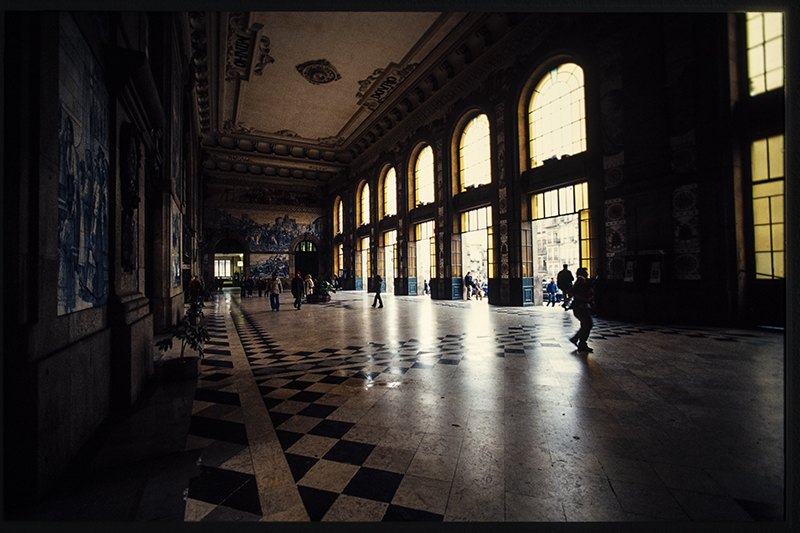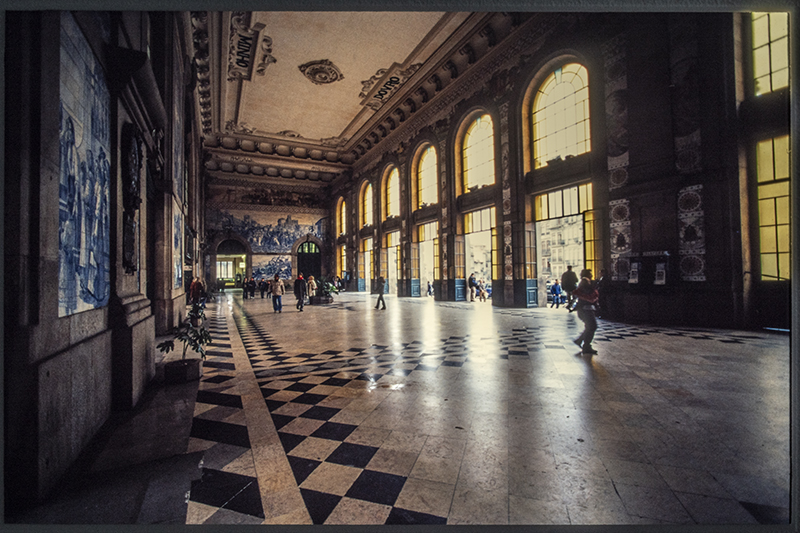Most camera users and photographers assume and even believe that the analog technique has been finally superseded by the digital technique. This us technological progress: an older less efficient technique has been replaced by a newer and more efficient technique. The analog - digital dichotomy is the wrong metaphor, but as its stands, it is the common usage. But analog is not the opposite of digital and there is no reason why both concepts (and techniques) could not exist side by side. It is, in fact, a continuum, more than an antagonist pair.
The digitization of negatives and slides is something of the past: many users have already converted the silver halide grain patterns into numerical matrices or have forgotten about their possessions. That is the reason why there are only a handful of dedicated scanners on the market. Everyone produces only acceptable results or is so expensive that only a handful of users can afford one.
A reasonable alternative is now on the market: the Kaiser company has already a LED light box on the market and has now supplemented this with a film copy instrument, that looks deceptively like the classical negative carrier for the enlarger. It is heavier however and more stable than the negative carrier tool.
You also need a digital camera with a macro lens. The process is quite simple. The light box is switched on and the film copy tool is placed on top of the light box. Than the slide or negative strip is inserted into the copy tool. A tripod is used with an attached digital camera and a suitable lens.
The Nikon Coolscan has an optical resolution of (theoretically) 4000 dpi/inch and a real resolution of 2600 dpi/inch. This will give you a resolution of the standard 35 mm negative size of 6000 x 4000 or 4900 x 2600 dpi. This performance is easily within reach of a modern digital camera. (I use the Olympus Pen F with 100 mm macro lens). The results are quite good. A slight adjustment in Photoshop (highlight and shadows) produces a HDR effect.
This brings me to the second topic of this blog entry.
The efficiency of these adjustments (including the sharpness options in Photoshop, which are second to none) is excellent and will reduce any differences that (theoretically) exist between lenses.There is hardly any use for lens testing in this digital era. There are two arguments to support this statement. One is the fact that lens performance is now integrated with sensor performance. The second one is the fact that the image processing algorithms are more standardized than ever before and will produce comparable, if not identical, results. The combination: lens + sensor + software is a very potent solution for the problem how to produce high quality imagery. Even Leica uses software to improve the quality of their lenses for their digital cameras.
It made and makes sense to test lenses under analog conditions. But the negatives and slides have to be processed by chemical means in a proper darkroom to see and appreciate the differences. When the hybrid path is chosen, the powerful software (like Photoshop, but there many more) will compensate for any defect in the optical processing of the image.
There are at this moment three paths to choose from:
1. the fully digital path with a reduction and an evening out of optical differences
2. the hybrid path with a choice of optical leveling and optical preservation
3.the fully chemical path with optical preservation and a search for the proper parameters to produce high image clarity.
Below are two pictures made from a slide and processed without and with the software algorithms of Photoshop.
Below the original version

Below the ‘enhanced’ version




